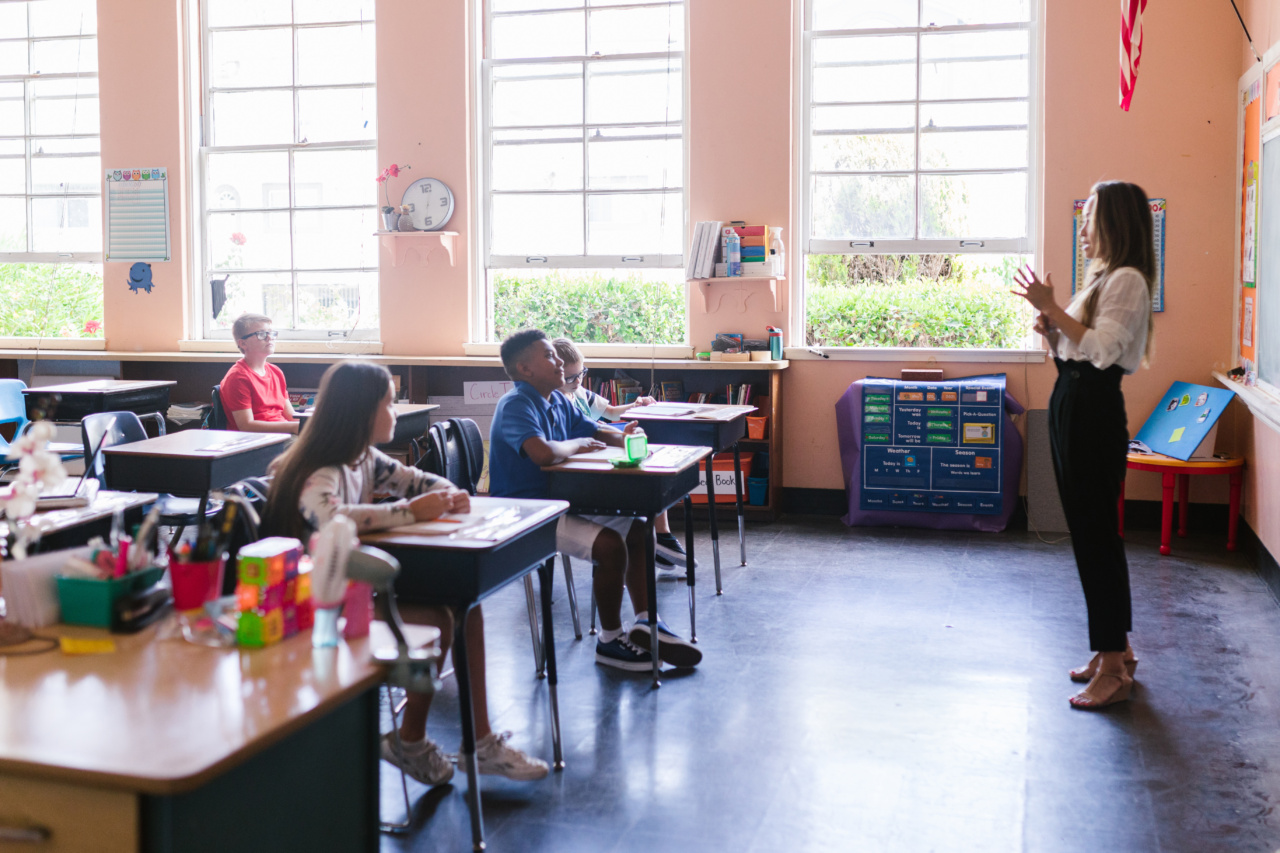E-learning is the way to go in our present-day world, and as a result, many people have become partakers of this new mode of learning.
Out of necessity, I found myself taking part in e-learning and was thrown out and back in again on my first day of e-learning. My experience is one that many students are facing or will face as we navigate through this period of learning. I hope my experience will serve as a guide and an inspiration to those out there who are about to embark on their first day of e-learning.
As expected, I logged into my e-learning portal and eagerly waited for the lecture to start. I was excited about the fact that I wouldn’t have to leave my home to attend classes anymore. Unfortunately, things didn’t go as planned.
In the middle of the first lecture, I got thrown out of the session!.
I didn’t know what had happened, so I tried to log back in, but I found out that the class had already gone on without me. That day, I came to the realization that e-learning was not going to be the walk in the park that I’d anticipated.
There were going to be challenges, and I had to be prepared to face them head-on.
Back In Again
The following day, I logged back into the e-learning portal, early, this time. I double-checked all my requirements, and made sure everything was in order before the lecture started. And voila, everything went smoothly, and I was back in the class again.
I had learned that it was essential to be adequately prepared before attending lectures in e-learning, and I had learned my lesson the hard way.
I realized that e-learning was different from traditional classroom learning, and it required a different approach altogether. The next few weeks were challenging, but I gradually adjusted to the system.
Staying Focused
One of the most challenging things about e-learning is staying focused. It’s easy to get distracted by things like social media, TV, and family members, and before you know it, time has run out, and you’ve missed your lectures.
What I found useful was to create a timetable for my day and stick to it. I set aside specific times for e-learning and made sure that I didn’t deviate from my schedule.
I also shut my phone off while attending lectures and made sure that there were no distractions in the room. Distance learning requires discipline and focus, and it’s up to you as the student to ensure that you stay on track.
Collaboration with Peers
Another significant difference between traditional classroom learning and e-learning is the lack of physical interaction with your peers. In the classroom, you can easily interact with your classmates, ask questions, and discuss ideas.
However, in e-learning, the only real interaction is with your computer screen.
To combat this, I reached out to some of my classmates, and we created a group chat on WhatsApp. We used the chat to discuss ideas, ask questions, and support each other.
Collaborating with my peers helped me to gain different perspectives and insights that I wouldn’t have gotten if I were studying alone. It also made me feel less alone in the process.
Utilizing Resources Available
One of the advantages of e-learning is the abundance of resources available. Most e-learning platforms come with libraries that students can access to get information on a wide range of topics. There are also forums where students can discuss ideas.
I made sure to make use of all the resources available to me. I accessed the library, read articles related to my course, and searched for online forums where I could ask questions and discuss ideas.
Making use of the resources available gave me a more in-depth understanding of the topics that we were studying.
Proactive Communication
E-learning can sometimes be isolating, and it’s easy to feel like you’re on your own. One way to combat this is to communicate actively with your instructors and peers. If you have any questions, don’t be afraid to ask.
If you’re having difficulties with specific topics, reach out to your instructors or peer group and ask for help.
I made sure to communicate actively with my instructors and peers. I sent emails to my instructors when I had questions, and I used our group chat to ask my peers for help.
Active communication helped me to feel less isolated and helped me to get the support that I needed when I needed it.
Flexibility and Self-discipline
E-learning requires a lot of self-discipline. Unlike traditional classroom learning, there’s no teacher to stand over you and make sure that you’re studying.
It’s up to you as the student to make sure that you’re putting in the required effort.
Flexibility is also essential when it comes to e-learning. You can’t control every aspect of e-learning, and some things may not go as planned. For example, there may be power outages, or your internet connection may be unstable.
You need to be flexible and be prepared to adjust your schedule accordingly.
Conclusion
My first day of e-learning was not what I’d expected it to be. However, it was a valuable lesson that taught me that e-learning requires a different approach.
I learned that it’s essential to be adequately prepared before attending a session, to stay focused, collaborate with peers, utilize available resources, actively communicate with instructors and peers, and be flexible and self-disciplined. With these lessons in mind, I was able to navigate e-learning successfully, and I believe that anyone can do the same.





























